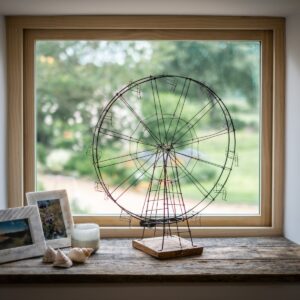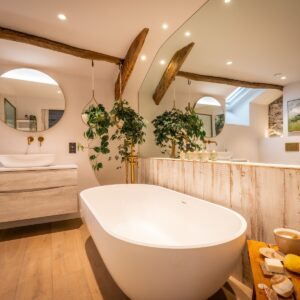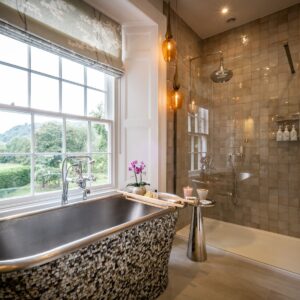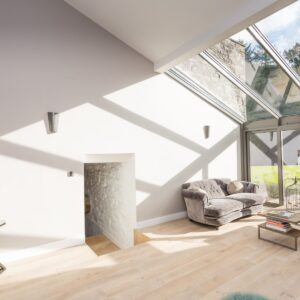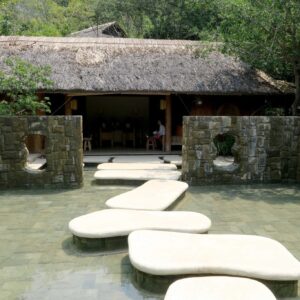Salutogenic Design Principles
Manageable.
- Control over ambient conditions
- The ability to relax
- Ergonomic products
- Access to natural light and fresh air
- Adding to an individual’s sense of ease
Meaningful.
- A sense of belonging
- Understanding our place in the wider world
- Caring for the environment
Understandable.
- Colour and texture
- Landscaping
- Acoustics
- Sightlines and views
“Salutogenic design should achieve a restorative environment. One that’s inviting and well-balanced with a beauty that allows people to reflect”
Herzog et al
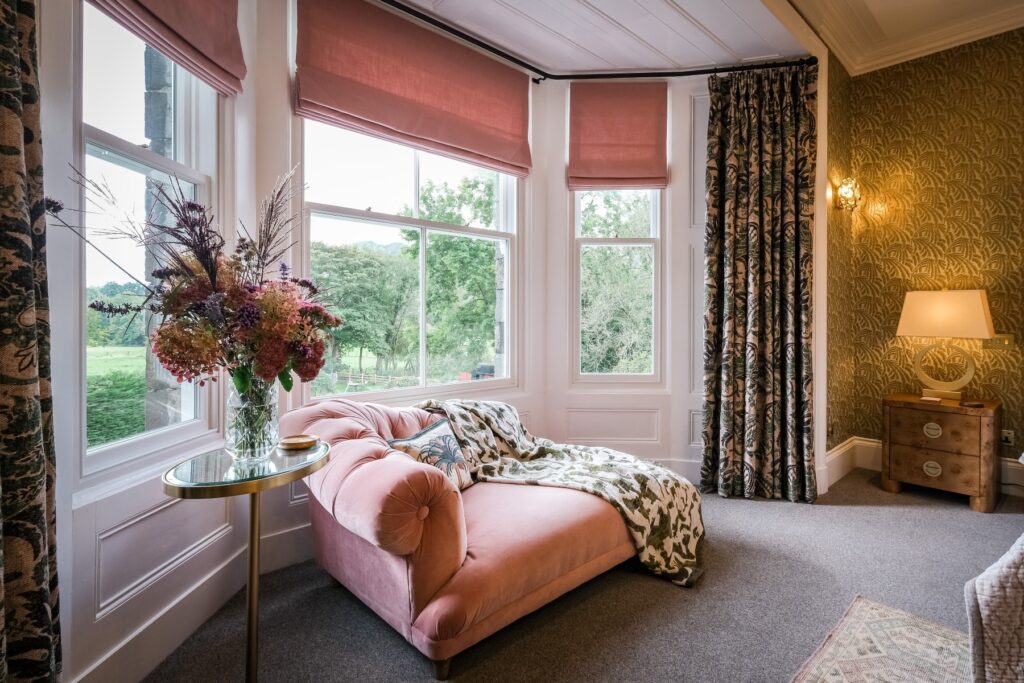
Salutogenic Design Origins
Salutogenesis is a term coined by Aaron Antonovsky, a Scholar of Medical Sociology. His approach focuses on factors that support human health and well-being. The salutogenic model supports a positive relationship between health, stress and coping.
Understanding Salutogenic Design
The Salutogenic perspective is psychosocial. It supports designs that stimulate, engage and improve an individual’s well-being. Promoting mental and physical health, it’s an investment in people. As a direct result, it can also quicken the healing process.
Embracing Salutogenic Design in Charlotte Findlater Designs
Our designs adhere to Salutogenic principles. It’s our explicit mission to place human well-being at the centre of every design. In the process, we focus on:
- natural light
- views
- ventilation
- non-toxic material
- serene colours
“Salutogenic design fits so well with our other design principles. The use of natural materials benefits human wellbeing and has a positive impact on the earth. It’s our ultimate design goal – looking after people and our planet.”
Charlotte Findlater
